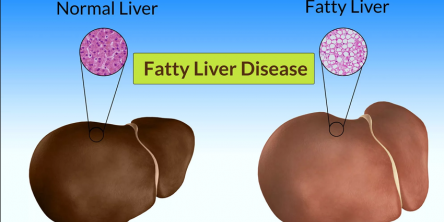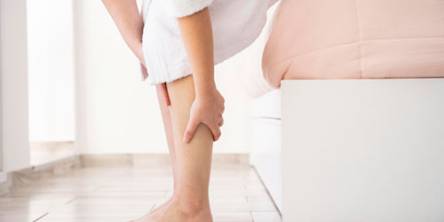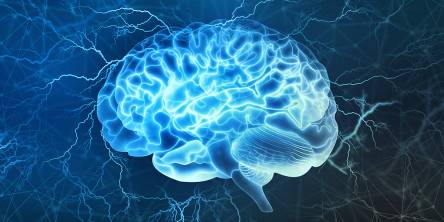Top 4 Facts About Cortisone Injections

It is common to take one's ability to move and perform daily duties for granted. When we are in pain, our first thinking is, "How to make my symptoms subside and quickly?" Everyone is looking for a quick solution. Unfortunately, the cure is not always so simple. Cortisone injections are often used in orthopedics to relieve pain and inflammation.
While a quick shot may sound appealing, let's take a closer look at the efficacy, advantages, and disadvantages of having corticosteroid injections.
1. What is cortisone?
Cortisone is a steroidal anti-inflammatory medication. It is injected into or close to an inflamed area to reduce swelling and pain. Contrary to common opinion, cortisone provides other advantages aside from pain relief that may even help you heal.
The main phases of the healing process include inflammation, tissue regeneration, and tissue remodeling. Inflammation is required to warn the immune system of harm and identify a region for the chain of events that starts the healing process. The majority of "healing" happens once the inflammatory reaction subsides, and the tissue may start to regenerate. Finally, the wounded region remodels as vital blood arteries reach their destinations, and scar tissue is replaced by healthy tissue.
The tissue is unable to repair itself properly if you constantly go back and forth between the first two phases of the healing process. This can result in persistent discomfort and raise the risk of your injury recurring. An injection of cortisone can reduce inflammation to the point that it moves a tissue into the second stage of healing and encourages greater cell development.
2. How can cortisone help you?
Having a cortisone injection can help tissues transition from an inflammatory phase into a growth phase when utilized properly. This is really helpful if your pain occurs or gets worse with movement. In order to restore tissue to its original flexibility, movement is essential. The secret to regaining pain-free function is to engage in the right workout regimens to stimulate tissue healing, build tissue strength, and increase movement tolerance.
Some patients start seeking professional treatment when their pain and inflammation is too severe to tolerate any activities. In certain exceptional situations, an injection could help patients endure greater exercise and mobility, starting the rebuilding process and improving their reaction to physical therapy. The healthy growth of blood vessels that deliver vital nutrients and oxygen for tissue repair is also aided by exercise.
3. Is there any risk of complications from cortisone?
Cortisone can speed up the healing process when administered in the right amounts and at the right times. However, Cortisone may potentially have the opposite effect if taken excessively. This type of hormone causes cell death when there is too much of it in your body. Too many injections may impair the very tissue they intended to heal in the first place. For this reason, specialists advise avoiding receiving injections more frequently than once every three months.
There is no evidence to back up the long-term efficacy of cortisone injections despite the fact that they are often used to treat chronic tendon problems (such as Achilles tendonitis, tennis elbow, and rotator cuff disorders). According to a meta-analysis on the efficiency of cortisone injections for tendon lesions, the overall short- and long-term results of the injection alone do not differ significantly from the placebo. However, the same study found that injection can significantly increase one's tolerance for physical therapy.
4. Should you have a cortisone injection?
Since cortisone is a drug, it should not be taken until truly required. The use of injections should be considered a last resort to stop an inflammatory cycle. To ascertain why inflammation continues, a full orthopedic examination should come next. An injectable steroid like cortisone allows exercises that enhance blood circulation,strengthen and/or loosen tight tissues, which addresses the cause of chronic inflammation. For the utmost therapeutic results, it is advised that cortisone injections are combined with physical therapy or a doctor-recommended exercise regimen.
Similar Articles
We often experience small discomforts or symptoms that seem insignificant, like headaches, fatigue, or brittle nails. Many times, we brush them off, thinking they’ll go away on their own. However, these minor issues might be your body’s way of telling you that something more serious is going on.
According to the World Health Organization (WHO), half to three-quarters of adult persons globally experienced a headache in the past year. Unfortunately, tension headaches are one of the most prevalent symptoms you can have. Furthermore, some tension headaches resemble migraine headaches, making matters worse.
The review of Yakrit Plihantak Churna is going to be amazing. You will know the facts, does it works along its benefits. The liver is the main engine of the body. It is the second largest gland in the body.
A podiatrist is a doctor who focuses on treating foot and ankle ailments. If you have specific medical issues, you may need to see a podiatrist for therapy that your primary doctor cannot offer. Don't overlook pain in your lower leg, foot, ankle, or toes.
A podiatrist is a medical expert who focuses on foot and ankle care. There are various reasons you may need to see one.
Swelling is a common issue that can strike anyone. Occasional leg swelling may occur after a long day on your feet or from sitting too long. However, if your legs are regularly swollen, it could indicate a serious underlying condition. Swelling can cause leg pain, loss of sensation, redness, and itching. If left unmanaged, it can lead to stiffness and difficulty walking.
Choosing the best aesthetic medicine courses will significantly boost your career. Medical professionals looking to expand their practice and stay ahead in the field of aesthetic medicine will find these training programs invaluable
Lower back pain is like a storm gathering over the horizon all day. The dull discomfort, the throbbing feeling, and the stiffness all add up until, like a thunderclap, it explodes into full-fledged pain. It penetrates your whole body, removing choice and control. Your mobility is restricted, making daily tasks difficult, and if not addressed, it can cause permanent damage.
Even though migraine affects over one billion people around the world, it has long been neglected as one of the most devastating diseases on the planet. Migraine headaches are a neurological disorder characterized by recurrent pounding or throbbing headaches, nausea and vomiting, and sensitivity to light, sound, and strong odors









